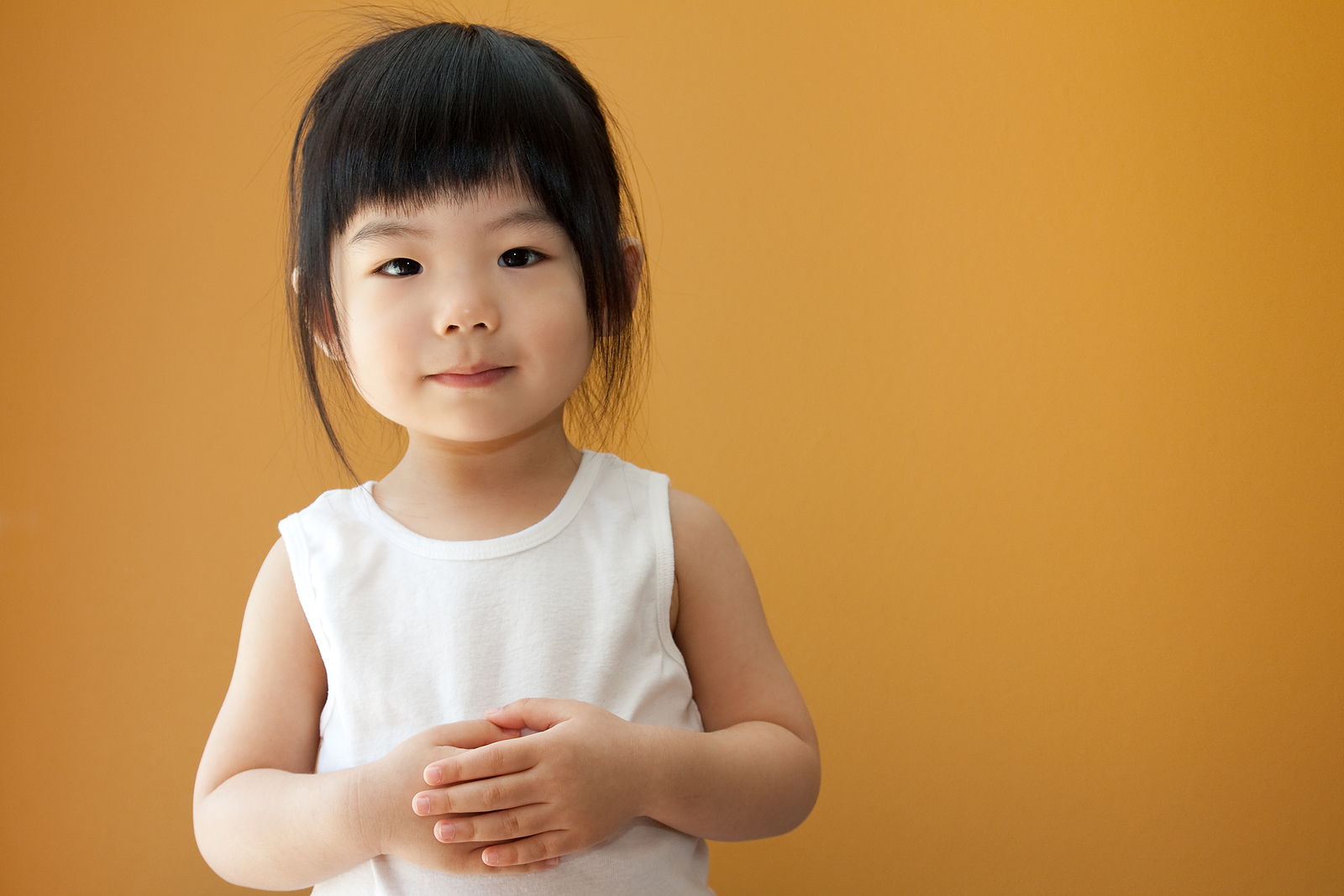
China’s population continues to decline
China’s population has declined for the second year in a row, despite desperate government incentives to women to have children. In 2023, the number of people fell by 2.08 million to 1.410 billion. The number of births fell by 500,000.
This year, 2024, could see a temporary recovery, although demographers agree that population decline is inevitable. A demographer noted in the official newspaper, the Global Times, that this is the Year of the Dragon, a year in which couples traditionally try to conceive a child.
A report from the government’s Development Research Centre attributed the decline to four intractable problems: “delayed marriage age, decreased willingness among young people to have children, reduction in the number of women of childbearing age and higher prevalence of infertility and subfertility.”
In a video comment, Global Times columnist Hu Xijin bravely declared that there was no reason for pessimism. “The Chinese nation today will not decline in the process of modernization due to laziness in passing on the family line. There will certainly be many factors that will rise and stop the falling trend of population decline.” However, Western media compared the efforts of the Chinese government to halt decline with those in other countries like Hungary, Sweden and Japan. Nowhere have financial incentives had a substantial effect.
The New York Times pointed out that “History suggests that once a country crosses the threshold of negative population growth, there is little that its government can do to reverse it. And as a country’s population grows more top-heavy, a smaller, younger generation bears the increasing costs of caring for a larger, older one.” China’s problem is particularly acute. Other advanced countries like Australia, Germany, or the United States have offset low birth rates with immigration. But immigration into China is negligible.
Last November President Xi Jinping told the National Women’s Congress that the Communist Party needed to promote a pro-family culture. “We should actively foster a new type of marriage and childbearing culture,” he said. Party officials should educate people about “love and marriage, fertility and family.”
However, after decades of aggressively promoting a one-child culture, it appears that Chinese women no longer aspire to be mothers of large families. Since the abolition of the one-child policy, the birth rate has actually fallen to 1.2 children per woman, one of the lowest in the world.
China’s economic success, paradoxically, may not have helped. University of Sydney economist Lauren A. Johnston told the NYTimes that the high cost of housing and education is a major obstacle to having more than one child. “People can’t afford to buy space for themselves, let alone for two kids,” she said.
